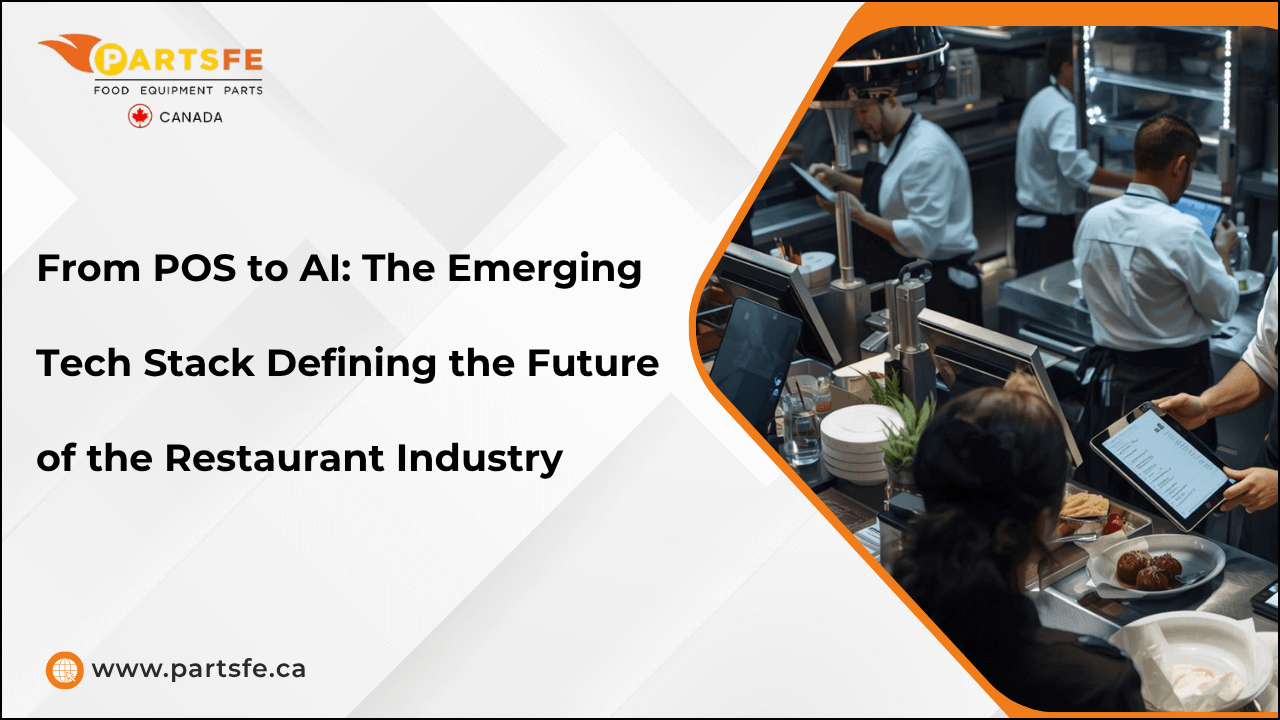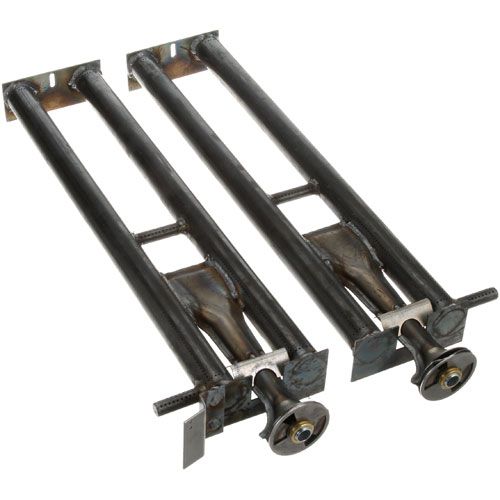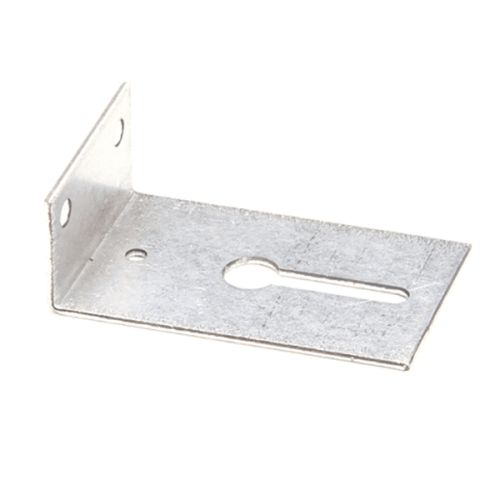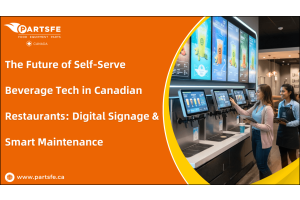From POS to AI: The Emerging Tech Stack Defining the Future of the Restaurant Industry
The restaurant industry is fast-paced and constantly evolving to meet changing customer demands and operational challenges. Recent technological advancements are accelerating this transformation, reshaping how restaurants operate. From Point of Sale (POS) systems to Artificial Intelligence (AI), the restaurant tech stack is revolutionizing everything from inventory management to customer service.
Traditional methods like manual ordering and paper tracking are being replaced by sophisticated solutions that streamline processes, improve customer insights, and boost efficiency. This article explores key tech advancements—such as POS, cloud-based software, and AI—that are driving a smarter, more efficient future in hospitality.
Understanding the Emerging Tech Stack in Restaurants
The modern restaurant tech stack is an interconnected set of technologies designed to optimize both front-of-house and back-of-house operations. These technologies work together to improve efficiency, enhance customer experiences, and increase profitability. Key components of this tech stack include:
-
Point of Sale (POS) Systems: Central hubs for order management, payments, and sales analytics.
-
Cloud-Based Software: Enables remote access and scalable data management.
-
Artificial Intelligence (AI): Powers predictive analytics, customer personalization, and automated interactions.
-
Contactless Technologies: Facilitate safer, faster, and more convenient ordering and payments.
-
Robotics and Automation: Enhance food preparation and service speed.
-
Customer Relationship Management (CRM) Tools: Help tailor marketing efforts and build loyalty.
-
Inventory and Supply Chain Management: Track and automate stock replenishment to reduce waste.
Together, these technologies form the backbone of modern restaurant operations, driving innovation and growth in the hospitality sector.
The Rise of POS Systems: The Backbone of Modern Restaurant Operations
Cloud-based POS systems let restaurant owners monitor operations remotely, saving costs and improving decisions. Instant access to real-time data boosts flexibility and control.
Today’s POS systems go beyond simply processing transactions; they are designed to optimize nearly every aspect of restaurant operations. Key features of modern POS systems include:
-
Order Management: Streamlining the process of taking and tracking orders, reducing human errors, and increasing accuracy.
-
Payment Integration: Accepting multiple payment methods, including mobile payments, credit cards, and even digital wallets.
-
Sales Analytics: Offering insights into daily sales, peak times, and popular items, allowing owners to make data-driven decisions.
-
Inventory Tracking: Real-time tracking of stock, helping restaurants manage supplies more efficiently and avoid shortages or overstocking.
-
Employee Management: Integration with time tracking and scheduling software to improve labor cost management.
Cloud-based POS systems let restaurant owners monitor operations remotely, saving costs and improving decisions. Instant access to real-time data boosts flexibility and control.
Cloud-Based Solutions: Access Anywhere, Anytime
One of the biggest innovations in restaurant technology has been the shift toward cloud-based software. Cloud-based systems allow restaurants to store and access data remotely, eliminating the need for on-site servers and reducing infrastructure costs. The key benefits include:
-
Remote Access: Managers and owners can monitor their operations in real-time from any location.
-
Data Security: Cloud systems are generally more secure than on-site servers, with data backed up in multiple locations to reduce the risk of loss.
-
Scalability: As restaurants grow, cloud-based systems can be easily scaled to accommodate new locations, employees, and inventory.
-
Automatic Updates: No more worrying about manual software updates or system downtime. Cloud solutions offer seamless, automatic updates.
For example, inventory management software hosted on the cloud can help restaurants track their stock levels and avoid both overstocking and running out of key ingredients. This level of automation and accuracy reduces waste, which can significantly improve a restaurant’s bottom line.
Check out this article on how to overcome the most common restaurant issues and solutions, featuring expert insights to improve operations and customer satisfaction.
The Integration of Artificial Intelligence (AI) in Restaurants
As the restaurant industry continues to embrace digital transformation, Artificial Intelligence (AI) has emerged as a game-changer. AI technologies are now being used to predict demand, manage inventory, personalize marketing campaigns, and even interact with customers.
Some of the most notable uses of AI in restaurants include:
-
Predictive Analytics: AI analyzes historical sales, weather, local events, and other variables to predict customer demand and optimize staffing and inventory.
-
Customer Interaction: AI-powered chatbots and virtual assistants are streamlining ordering and reservations. These systems can answer questions, suggest dishes, and even handle transactions.
-
Menu Optimization: By analyzing data from POS systems and customer feedback, AI can recommend which menu items to promote or remove based on customer preferences and profitability.
-
Personalized Marketing: AI tools can help design targeted marketing campaigns, ensuring that promotions and discounts reach the right audience at the right time.
AI-driven solutions personalize customer experience with tailored recommendations and promotions. This boosts loyalty and encourages repeat business.
Contactless Technology: Enhancing Convenience and Efficiency
Contactless technology is becoming a staple in modern restaurants, driven by customer demand for faster, safer, and more convenient dining experiences. These technologies streamline operations and reduce friction in ordering and payment processes.
Key contactless technologies in use today include:
-
QR Code Menus: Customers can scan QR codes to access digital menus on their smartphones, reducing wait times and eliminating the need for printed menus.
-
Mobile Ordering and Payment: Mobile apps and web platforms enable customers to place orders and pay without waiting in line or interacting with staff.
-
Digital Wallets: Payment systems like Apple Pay, Google Pay, and others provide fast and secure contactless payment options.
-
Self-Service Kiosks: Allow customers to place and customize orders at the restaurant via touchscreens, improving order accuracy and speed.
These contactless tools not only improve customer satisfaction but also help restaurants optimize staff workload and reduce operational bottlenecks.
Check out this article on the future of dining, exploring how digital menu boards are transforming restaurant operations and enhancing customer experience.
The Impact of Robotics and Automation on Restaurant Operations
While AI and cloud-based systems enhance the backend of restaurant operations, robotics and automation are transforming the front-end experience as well. Automation is making its mark in various areas of restaurant operations, from food preparation to customer service.
Key areas where robotics and automation are being implemented include:
-
Automated Cooking: Robots are now able to perform tasks like flipping burgers, frying food, and even assembling dishes. This helps increase speed and consistency in the kitchen.
-
Robotic Waiters: In some high-tech restaurants, robots are used to deliver food to tables, freeing up waitstaff to focus on providing better customer service.
-
Self-Ordering Kiosks: Customers can place orders and pay at kiosks, reducing lines and improving service speed.
Robots and automation are advancing quickly and will soon handle more complex tasks. This will cut labor costs and boost efficiency even more.
Real-World Applications and Case Studies of Emerging Restaurant Tech
To better understand how the emerging tech stack is transforming the restaurant industry, let’s explore several real-world applications and case studies from leading restaurant brands.
Freshii: Embracing Mobile Ordering and AI Insights
Freshii, a Canadian fast-casual chain, uses AI-powered mobile apps to personalize meal recommendations. This helps streamline kitchen operations and improve customer experience.
Impact: Freshii has seen increased customer retention and faster order processing times, especially through their mobile app.
Technology Used: AI, mobile ordering, POS integration, cloud platforms.
Cactus Club Cafe: Cloud-Based POS and Data Analytics
Cactus Club Cafe, a popular Canadian restaurant chain, uses cloud-based POS systems integrated with analytics tools to optimize staffing, menu offerings, and inventory management across multiple locations.
Impact: The chain reports improved operational efficiency, better inventory turnover, and enhanced customer service.
Technology Used: Cloud POS, inventory management, data analytics.
BarBurrito: Contactless Payments and Loyalty Programs
BarBurrito, a Canadian burrito chain, has implemented contactless payment options and digital loyalty programs powered by CRM software, boosting customer engagement and simplifying checkout.
Impact: Contactless transactions have sped up service during busy hours, and loyalty programs have increased repeat visits.
Technology Used: Contactless payments, CRM, mobile apps.
The Works Gourmet Burger Bistro: AI-Driven Marketing and Inventory
The Works uses AI-driven marketing automation to target customers with personalized offers while its inventory system automatically tracks stock levels and suggests reordering.
Impact: This has resulted in reduced waste, better inventory turnover, and higher engagement in promotions.
Technology Used: AI marketing, inventory management, CRM.
Wow Bao: Robotics and Automation in Food Prep
Wow Bao, with locations in Canada, uses automated food preparation technology inspired by robotics to ensure consistent product quality and improve the speed of service.
Impact: Faster preparation times and consistent food quality have led to improved customer satisfaction and reduced labor costs.
Technology Used: Robotics, automation, and AI kitchen management.
The Future: AI-Driven Customer Insights and Smart Kitchens
As restaurant technology continues to evolve, the future looks brighter than ever. AI-driven insights will enable restaurants to better understand their customers and offer more personalized experiences.
Key future trends to look for:
-
Predictive Customer Behavior: AI will analyze data from multiple sources (social media, customer reviews, etc.) to predict customer preferences, allowing for even more tailored offerings.
-
Smart Kitchens: AI-powered systems will optimize cooking workflows, adjust cooking times automatically, and ensure consistent food quality.
-
Voice-Activated Ordering: With the rise of voice assistants like Alexa and Google Assistant, voice-activated ordering could become a mainstream feature in restaurants.
The future of the restaurant industry will likely involve even more automation and smarter systems, resulting in a seamless, highly efficient dining experience for both customers and staff.
Looking for top-quality restaurant equipment parts? At PartsFe CA, we offer components like refrigerator door gaskets, oven heating elements, and griddle thermostats from leading brands like Vulcan, True Refrigeration, and Hobart. Keep your kitchen running smoothly with fast delivery and excellent customer support!.
References:
https://www.restaurantscanada.org/
https://www.gorspa.org/
FAQs
How much does it cost to set up a modern POS system for a restaurant?
Basic cloud POS systems cost $50–$100/month, with hardware adding $300–$1,500 upfront. More advanced setups with integrations can increase initial expenses.
Why is investing in contactless technology important for modern restaurants?
Contactless options improve safety, speed up service, and meet customer expectations for convenience. They also help reduce physical contact in busy settings.
Why is cybersecurity more important for restaurants using modern tech?
With sensitive customer data and payment information at risk, strong cybersecurity measures protect against breaches and maintain customer trust.











